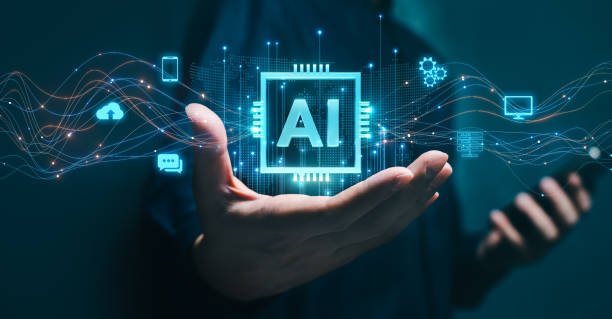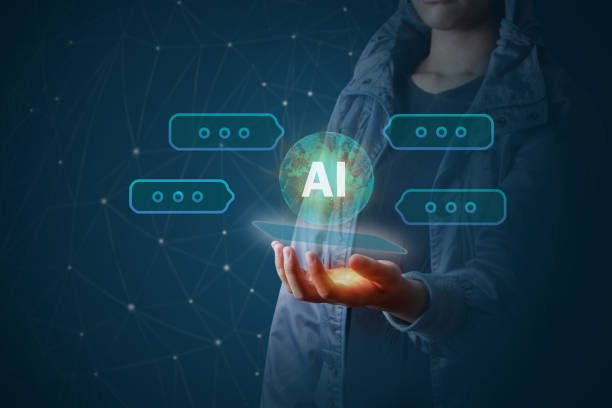What is an Artificial Intelligence Robot: Comprehensive Definition and Applications
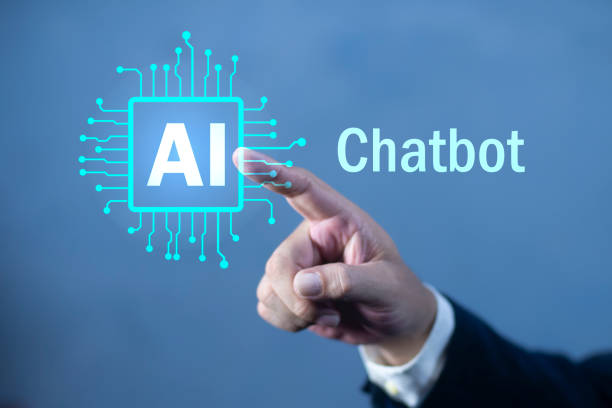
What is an Artificial Intelligence Robot: Comprehensive Definition and Applications
#An AI Robot (Artificial Intelligence Robot) is a combination of robotics and artificial intelligence.
Simply put, it’s a #robot controlled by #artificial intelligence.
This artificial intelligence enables the robot to perform tasks that typically require human intelligence, such as learning, problem-solving, decision-making, and natural language understanding.
Generally, AI robots use sensors to collect information from their surroundings.
Then, this information is processed by AI algorithms so that the robot can make informed decisions and take appropriate actions.
These robots have applications in various industries, including manufacturing, healthcare, logistics, and customer service.
For example, in the manufacturing industry, AI robots can be used for repetitive and dangerous tasks, while in customer service, chatbots can answer customer questions and solve their problems.
This technology has the potential to revolutionize many industries and can help increase productivity and reduce costs.
For more information in this field, you can refer to the Artificial Intelligence page on Wikipedia.
Are your online sales not as you expect? With Rasaweb, permanently solve the problem of low sales and poor user experience!
✅ Increase visitor-to-customer conversion rate
✅ Create an enjoyable user experience and boost customer trust
⚡ Act now for a free consultation!
Types of Artificial Intelligence Robots: Detailed Review
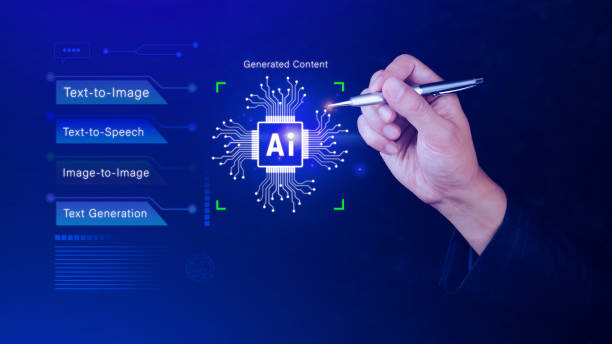
Types of Artificial Intelligence Robots: Detailed Review
AI robots are categorized into different types based on their application, level of artificial intelligence, and physical structure.
Some of the most important categories include:
1.
By Application Type
- Industrial Robots: Used for repetitive and heavy tasks in production lines.
High precision and speed are prominent features of these robots. - Service Robots: Designed to provide services to humans, such as cleaning robots, nursing robots, and delivery robots.
- Military Robots: Used in military and security operations, such as reconnaissance robots and bomb disposal robots.
- Space Robots: Used for exploration and research in space, such as Mars rovers.
2.
By AI Level
- Reactive Robots: The simplest type of robots that only respond to environmental stimuli and have no memory.
- Memory-Based Robots: Have limited memory and can use past experiences to make decisions.
- Robots with Theory of Mind: Can understand the intentions, beliefs, and emotions of others.
- Self-Aware Robots: The most complex type of robots, possessing self-awareness and awareness of their surroundings.
3.
By Physical Structure
- Articulated Robots: Have multiple joints that allow them to move in various directions.
- Mobile Robots: Can move on land, in water, or in the air.
- Humanoid Robots: Designed to resemble humans and can mimic human movements and behaviors.
Each of these categories has its unique characteristics and is used in various industries.
For more information on different types of robots, you can visit the Robotics Society website.
Main Components of an AI Robot: Key Parts Review
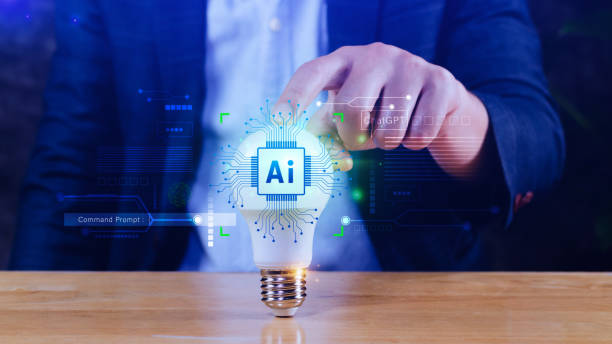
Main Components of an AI Robot: Key Parts Review
An AI robot consists of various components, each responsible for a specific task.
The most important of these components include:
1.
Sensors
Sensors collect information from the surrounding environment.
This information can include temperature, light, sound, pressure, and images.
There are various types of sensors, such as cameras, microphones, temperature sensors, and touch sensors.
2.
Processor
The processor processes the information collected by sensors and decides what the robot should do.
The processor is typically a computer or microcontroller on which AI algorithms are executed.
3.
Actuators
Actuators create the robot’s movements.
These actuators can be motors, pumps, or other devices that can generate force or motion.
4.
Power Source
The power source provides the energy required for the robot’s operation.
This power source can be a battery, an AC power supply, or solar cells.
5.
Software
Software is a set of instructions that tells the robot how to operate.
This software includes AI algorithms, robot control programs, and a user interface.
These components work together to enable the robot to move in its environment, gather information, and make informed decisions.
Here is a table of some of these parts and their applications:
| Part | Application |
|---|---|
| Camera | Collecting images and visual information |
| Temperature sensors | Measuring temperature |
| Motors | Creating movement and displacement |
| Microcontroller | Processing information and controlling the robot |
Artificial Intelligence Algorithms Used in Robots
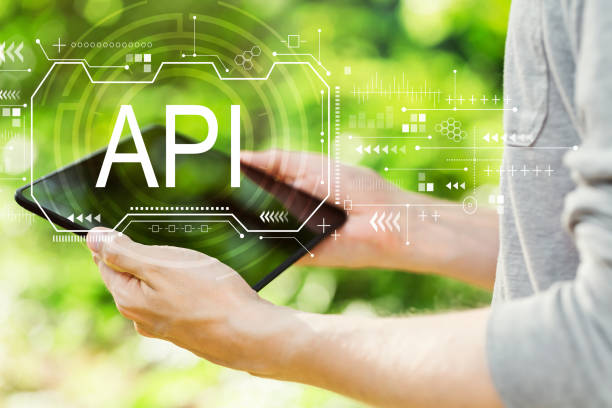
Artificial Intelligence Algorithms Used in Robots
#AI robots use various algorithms to perform their tasks.
Some of the most common algorithms include:
1.
Machine Learning
Machine learning enables robots to learn from data and improve their performance without explicit programming.
There are various types of machine learning algorithms, such as supervised learning, unsupervised learning, and reinforcement learning.
2.
Computer Vision
Computer vision allows robots to understand images and identify objects.
These algorithms can be used for face recognition, object detection, and navigation.
3.
Natural Language Processing
Natural Language Processing enables robots to understand human language and communicate with humans.
These algorithms can be used for chatbots, language translation, and text summarization.
4.
Planning
Planning algorithms enable robots to create plans to achieve their goals.
These algorithms can be used for navigation, robot control, and resource management.
5.
Expert Systems
Expert systems collect the knowledge of human experts in a specific field and use this knowledge to solve problems.
These systems can be used for disease diagnosis, product design, and providing advice.
These algorithms work together to enable the AI robot to perform complex tasks and interact with its environment.
For a better understanding of AI algorithms, you can refer to Google’s Machine Learning Crash Course page.
Are you worried about your e-commerce site’s low conversion rate and not achieving your desired sales?
Rasaweb is your specialized solution for a successful e-commerce website.
✅ Significant increase in conversion rates and sales
✅ Professional and user-friendly design to gain customer satisfaction
⚡ Ready for an online sales transformation? Get a free consultation!
Advantages and Disadvantages of Using AI Robots
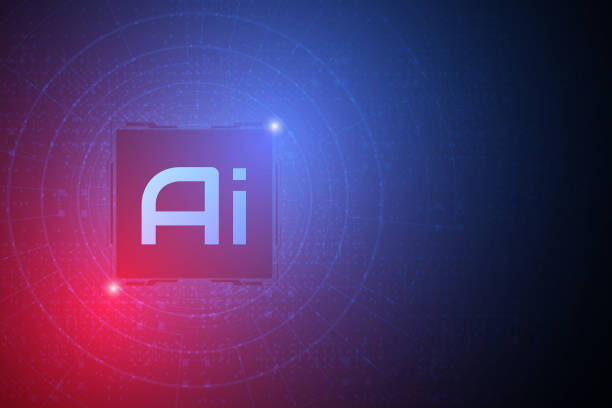
Advantages and Disadvantages of Using AI Robots
The use of AI robots comes with numerous advantages and disadvantages.
These pros and cons should be considered before adopting this technology.
Advantages
- Increased Productivity: AI robots can perform tasks faster and more accurately than humans.
- Reduced Costs: AI robots can lower labor costs and other expenses.
- Improved Safety: AI robots can perform dangerous tasks, enhancing human safety.
- High Accuracy: #AI robots can perform tasks with high precision, reducing errors.
- 24/7 Availability: AI robots can operate 24 hours a day, 7 days a week.
Disadvantages
- High Initial Cost: Acquiring and deploying AI robots can be expensive.
- Need for Expertise: Setting up and maintaining AI robots requires specialized expertise.
- Job Displacement: AI robots can replace human labor, leading to unemployment.
- Ethical Concerns: The use of AI robots can raise ethical issues, such as accountability for robot errors.
- Data Dependency: The performance of AI robots relies on the quality of training data.
Decisions regarding the use of AI robots should be made considering these advantages and disadvantages.
Here is another table comparing these pros and cons:
| Advantages | Disadvantages |
|---|---|
| Increased productivity | High initial cost |
| Reduced costs | Need for expertise |
| Improved safety | Job displacement |
| High accuracy | Ethical concerns |
Applications of AI Robots in Various Industries
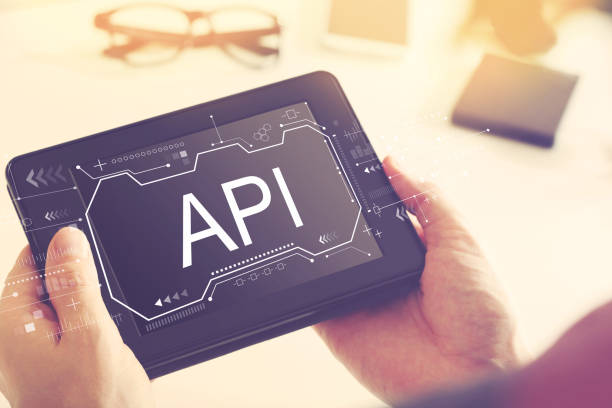
Applications of AI Robots in Various Industries
#AI robots have numerous applications across various industries.
Some of the most important applications include:
1.
Manufacturing Industry
In the manufacturing industry, AI robots can be used for repetitive, heavy, and dangerous tasks.
These robots can help increase productivity, reduce costs, and improve safety.
Examples include welding robots, assembly robots, and quality inspection robots.
2.
Healthcare
In healthcare, AI robots can be used for precise surgeries, remote medical care, and assisting patient rehabilitation.
These robots can help improve the quality of medical care and reduce costs.
Examples include surgical robots, nursing robots, and pharmacy robots.
3.
Logistics and Transportation
In logistics and transportation, AI robots can be used for package delivery, warehouse management, and route optimization.
These robots can help reduce costs, improve delivery speed, and decrease air pollution.
Examples include delivery robots, warehouse robots, and autonomous driving robots.
4.
Customer Service
In customer service, AI robots can be used to answer customer questions, provide technical support, and resolve customer issues.
These robots can help improve the quality of customer service, reduce costs, and increase customer satisfaction.
Examples include chatbots, answering robots, and technical support robots.
5.
Agriculture
In agriculture, AI robots can be used for planting, cultivation, and harvesting crops, irrigation, and pest management.
These robots can help increase productivity, reduce costs, and decrease pesticide use.
Examples include planting robots, harvesting robots, and irrigation robots.
To learn more about robot applications, you can visit the IBM Robotics Blog website.
The Future of AI Robots: What to Expect
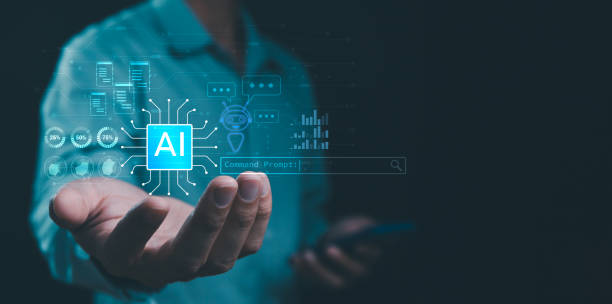
The Future of AI Robots: What to Expect
The future of AI robots is very bright.
With technological advancements, these robots will be able to perform more complex tasks and interact better with humans.
1.
Increased AI
The AI of robots is continuously advancing.
In the future, robots will be able to learn faster, make better decisions, and solve more complex problems.
This will allow robots to perform more intricate tasks and find wider applications across various industries.
2.
Improved Human Interaction
Robots will be able to interact better with humans in the future.
This interaction can include natural language understanding, emotion detection, and appropriate responses.
This will enable robots to serve as better colleagues and assistants for humans.
3.
Reduced Costs
The cost of producing and maintaining robots is decreasing.
This will make robots affordable for small and medium-sized businesses.
This will lead to a wider adoption of robots across various industries.
4.
Expansion of Applications
The applications of AI robots are expanding.
In the future, robots will find more applications in various industries, including manufacturing, healthcare, logistics, customer service, agriculture, and even art and entertainment.
This will make robots an integral part of our daily lives.
5.
Ethical Issues
As AI robots advance, ethical issues also become more important.
These issues include accountability for robot errors, privacy protection, and preventing the misuse of robots.
To address these issues, appropriate laws and regulations must be developed.
For more information on the future of robots and AI, you can visit the Wired website.
Challenges Facing the Development of AI Robots
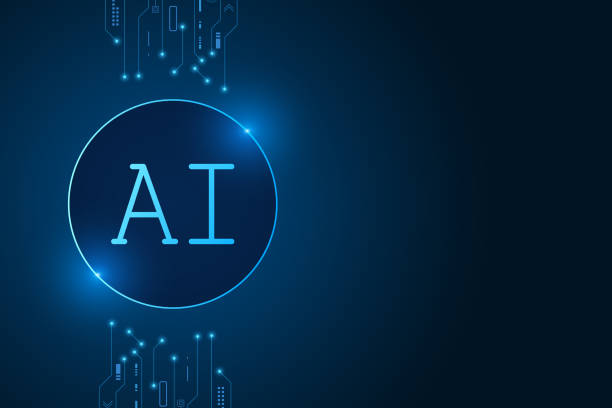
Challenges Facing the Development of AI Robots
The development of AI robots faces numerous challenges.
These challenges include the following:
1.
Technical Issues
Developing AI robots is complex and difficult.
It requires expertise in various fields, including robotics, artificial intelligence, programming, and electrical and mechanical engineering.
Furthermore, creating robots that can operate autonomously in complex environments is a major challenge.
2.
Financial Issues
Developing AI robots is expensive.
It requires significant investment in research and development, equipment purchase, and hiring specialists.
This makes the development of AI robots challenging for many companies and organizations.
3.
Ethical Issues
The development of AI robots raises numerous ethical issues.
These include accountability for robot errors, privacy protection, and preventing the misuse of robots.
To address these issues, appropriate laws and regulations must be developed.
4.
Social Issues
The development of AI robots can lead to unemployment.
With the replacement of human labor by robots, many individuals may lose their jobs.
To address this issue, appropriate training and empowerment programs must be developed to help people find new jobs.
5.
Public Acceptance
Public acceptance of AI robots may be difficult.
Some people may fear or distrust robots.
To increase public acceptance of robots, sufficient information about them must be provided to the public, and the benefits of using robots must be explained.
For more information on robotics challenges, you can visit the IEEE Spectrum Robotics page.
Does your current e-commerce website design lead to lost customers and sales?
Rasaweb is your solution with modern, user-friendly e-commerce website designs!
✅ Significant increase in conversion rates and sales
✅ Strong branding and building customer trust
⚡ Get a free e-commerce website design consultation from Rasaweb!
Iranian AI Robots: Review of Domestic Examples
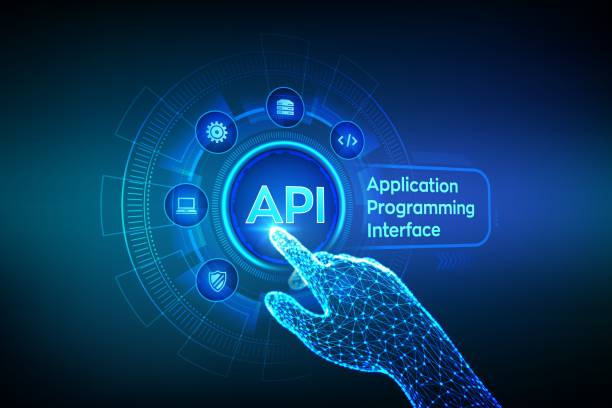
Iranian AI Robots: Review of Domestic Examples
In recent years, significant efforts have been made in Iran to develop AI robots.
Some of the most important domestic examples include:
1.
Surena Robot
Surena is a humanoid robot developed by the University of Tehran.
This robot is capable of performing complex movements, facial recognition, and speaking.
Surena symbolizes Iran’s advancements in robotics.
2.
Industrial Robots
Various companies in Iran produce industrial robots for use in different industries.
These robots can be used for repetitive, heavy, and dangerous tasks.
The use of industrial robots can help increase productivity and reduce costs.
3.
Service Robots
Service robots are also under development in Iran.
These robots can be used to provide customer services, cleaning, and goods delivery.
Service robots can help improve service quality and reduce costs.
4.
Medical Robots
Medical robots are also under development in Iran.
These robots can be used for precise surgeries, remote medical care, and assisting patient rehabilitation.
Medical robots can help improve the quality of medical care and reduce costs.
5.
Chatbots
Chatbots are also widely used in Iran.
These chatbots can be used to answer customer questions, provide technical support, and resolve customer issues.
Chatbots can help improve the quality of customer service and reduce costs.
To stay informed about robotics projects in Iran, you can follow the news related to Iran Telecommunication Company.
How to Learn Robotics and Artificial Intelligence: Where to Start
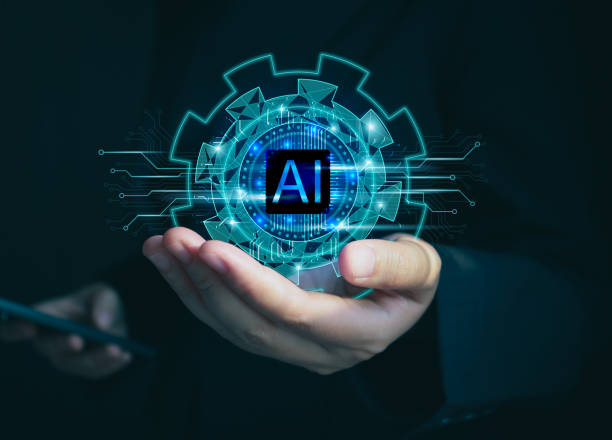
How to Learn Robotics and Artificial Intelligence: Where to Start
Learning robotics and artificial intelligence can be a challenging but exciting process.
To begin, you can follow these steps:
1.
Learn the Fundamentals
First, you need to learn the basics of robotics and artificial intelligence.
You can do this by reading books, articles, and watching educational videos.
Additionally, you can enroll in online or in-person courses.
2.
Learn Programming
Programming is one of the most important skills for developing AI robots.
You can learn programming languages such as Python, C++, and Java.
Python is a good choice for beginners due to its simplicity and extensive libraries.
3.
Work with Hardware
To learn robotics, you also need to become familiar with hardware.
You can undertake simple robotics projects using Arduino and Raspberry Pi boards.
This will help you understand how sensors, motors, and other electronic components work.
4.
Participate in Projects
The best way to learn robotics and artificial intelligence is to participate in projects.
You can work on personal projects or join group projects.
This will help you apply your skills in practice and face real challenges.
5.
Utilize Online Resources
Many online resources are available for learning robotics and artificial intelligence.
You can use websites, forums, and online courses.
Some useful resources include Coursera, Udacity, edX, and GitHub.
For more specialized training, you can visit the Coursera website and explore relevant courses.
Frequently Asked Questions
| Row | Question | Answer |
|---|---|---|
| 1 | What is an AI robot? | An AI robot is a machine capable of understanding, reasoning, learning, and problem-solving, and can perform complex tasks with relative autonomy. |
| 2 | What are the most important applications of AI robots? | Main applications include industrial manufacturing, customer service (chatbots), medicine and surgery, autonomous transportation, space exploration, and military affairs. |
| 3 | What is the main difference between an AI robot and a regular robot? | A regular robot only follows programmed instructions, whereas an AI robot can learn from data, make decisions, and adapt to new environments. |
| 4 | How do AI robots learn? | They learn by identifying patterns and improving their performance through machine learning algorithms (such as deep learning, reinforcement learning) and processing vast amounts of data. |
| 5 | Can AI robots have emotions? | Currently, AI robots do not possess real emotions in the human sense. They can imitate or detect emotions, but they do not understand or experience them. |
| 6 | What are the current limitations of AI robots? | Limitations include the need for large amounts of data, inability to grasp abstract concepts, lack of true creativity, ethical issues, and generalization challenges in new environments. |
| 7 | What is the role of AI in the development of Humanoid robots? | AI helps humanoid robots to walk, maintain balance, understand their surroundings, interact with humans, and perform complex tasks. |
| 8 | How is the future of AI robots predicted? | It is predicted that AI robots will become smarter, more autonomous, and capable of performing more complex tasks in daily life and industry, with increased interaction with humans. |
| 9 | Can AI robots replace all human jobs? | It is unlikely that all human jobs will be replaced. Robots will take over many repetitive and dangerous tasks, but jobs requiring creativity, empathy, and ethical judgment will remain. |
| 10 | What ethical and social challenges arise with the expansion of AI robots? | Challenges include issues related to privacy, data security, ethical decision-making by robots, impact on employment, and accountability in case of errors. |
And Other Services by Rasaweb Advertising Agency in the Field of Advertising
- Smart Advertising Campaign: An effective tool for digital branding with the help of marketing automation.
- Smart Content Strategy: An effective tool for campaign management with the help of SEO-driven content strategy.
- Smart Sales Automation: A fast and efficient solution for increasing click-through rates with a focus on marketing automation.
- Smart Advertising Campaign: An innovative service to boost sales through intelligent data analysis.
- Smart Digital Branding: An innovative service for enhanced campaign management through user experience customization.
And hundreds of other services in internet advertising, advertising consulting, and organizational solutions
Internet Advertising | Advertising Strategy | Advertorial
Sources
What is an AI Robot?
Advantages and Disadvantages of AI
Complete Guide to AI
Impact of AI on Life
? To be seen in the digital world and reach the peak of success, Rasaweb Afarin Digital Marketing Agency is with you. By providing specialized services including professional WordPress website design and targeted SEO, we will elevate your business to the position it deserves. For a free consultation and to start your business’s digital transformation, contact us.
📍 Tehran, Mirdamad Street, next to Central Bank, Kazeroon Janoubi Alley, Ramin Alley, No. 6

